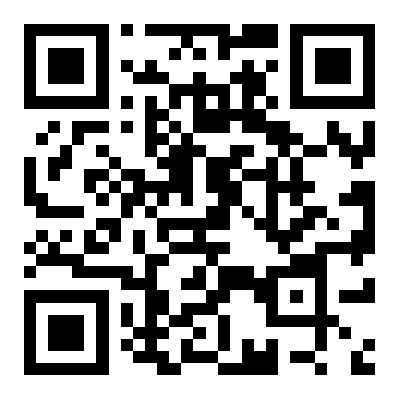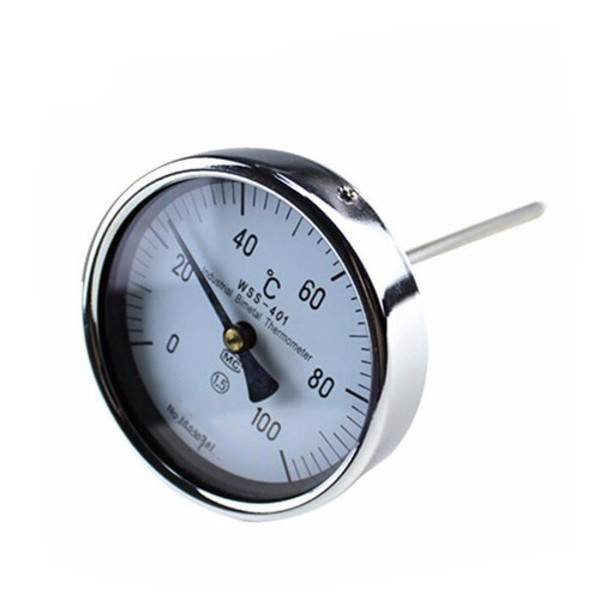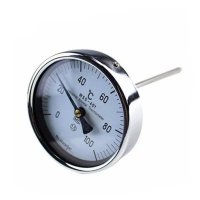The WSSN series seismic resistant bimetallic thermometer is a field detection instrument for measuring medium and low temperatures. It can directly measure the temperature of liquids, vapors, and gas media within the range of -80 ℃ to+500 ℃ in various production processes, as well as harsh and vibrating environments. This seismic resistant bimetallic thermometer has the characteristics of waterproofing, corrosion resistance, vibration resistance, intuitiveness, easy reading, and durability in design principles and structure. Seismic resistant bimetallic thermometers are widely used in industrial and scientific research departments such as petroleum, chemical industry, machinery, shipbuilding, power generation, textile, printing and dyeing.
main features?
On site temperature display, intuitive and convenient; Safe and reliable, with a long service life;
Multiple structural forms can meet different requirements. Easy to read, sturdy and shock resistant.
The protective pipes are made of 1Gr18Ni9Ti stainless steel and molybdenum titanium, with strong pressure resistance and corrosion resistance.
The core type thermometer can be maintained or replaced for a short period of time without stopping the machine.
The integrated type has a complete variety of axial, radial, and universal types, suitable for various on-site installation needs.
operational principle
The seismic resistant bimetallic thermometer is composed of bimetallic sheets wound in a circular bending shape. When one end is heated and expands, it drives the pointer to rotate, and the working instrument displays the corresponding temperature value, and prevents environmental vibration. Silicon oil is filled inside the bimetallic thermometer or the display part of the bimetallic thermometer is separated from the measurement part to achieve seismic resistance.
Execution standards
JB/T8803-1998 GB3836-83
Other parameters
Scale plate nominal diameter: 60, 100, 150
Accuracy level: (1.0), 1.5,2.5 (± 60)
Thermal response time: ≤ 40S
Protection level: IP55
Angle adjustment error: The angle adjustment error should not exceed 1.0% of its range
Return error: The return error should not exceed the ******** value of the basic error limit
Repeatability: The repeatability limit range should not exceed 1/2 of the basic error limit ****** value



